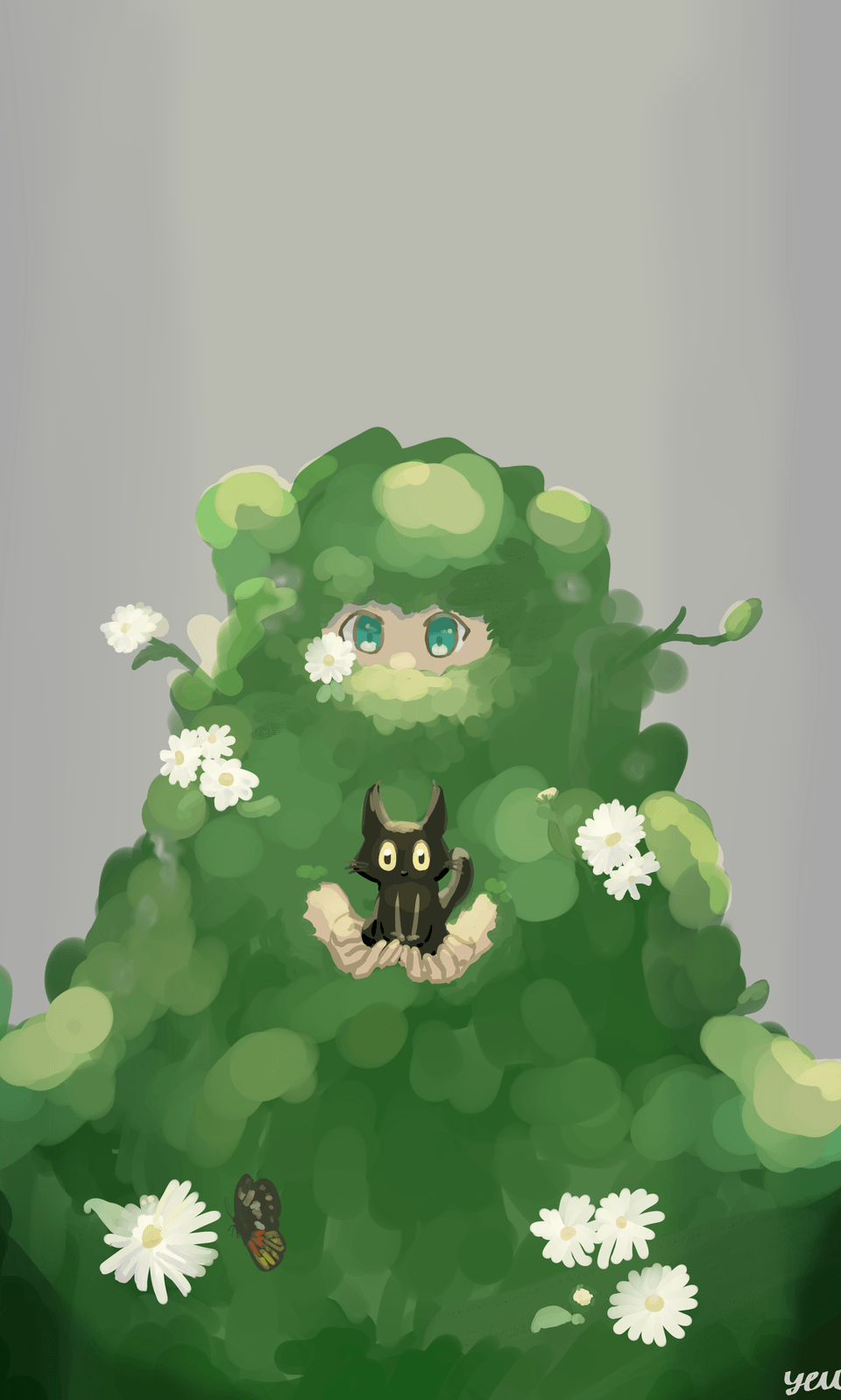Easy Futuristic cityscape in 4 steps
Drawing Futuristic cityscape in 4 step
INTRO
Hello guys, I'm IGOR, and today I’ll be presenting a tutorial on how I come about some interesting futuristic city illustrations using clip studio paint.
But, before we jump into techniques and drawing, allow me to say, “the future” for me is something entirely relative (in general), so your idea of the future might be completely different from mine.
This is fine for creating illustrations, but things will get tricky if you are to work from a given theme. So here, I’m going to go through my process to obtain my city of the future along with some tips to get different futuristic city themes.
Rough SKETCHING
For this city, I decided to represent a common thriving city with flying cars and all, giving me the below result as a sketch.
From the sketch, we can easily identify how to set our rulers and advance.
SETTING THE RULERS
In Clip studio paint, there’s a wide variety of rulers, whose basics can be learned from here
But in this tutorial, I will be making use of the curved ruler, and the Perspective ruler and to do this I moved through
tool> ruler> sub tool
and select the ruler we wish to use(in my case the perspective ruler.)
Using rulers is better than normal figures because it helps you keep your brush properties which aren’t kept when using normal figures.
- Looking at the sketch, we can see a 4-point perspective illustration, and setting our ruler according to those points gives what we have below.
You might notice that when too many rulers are used in an illustration, not all are used as a guide for the pen/brush simultaneously.
That’s not a problem because going to tool operation> sub tool object and selecting the ruler you wish to use as a guide, which will provide editing functions (The dot you see in the images above) for the ruler, like
1- moving the whole ruler
2- turn the ruler on(purple) or off(green)
3- rotate the ruler's arm
4- move the focus point
NOTE- if you still find it difficult to follow the rulers my tip is to set a ruler folder and a max number of rulers that you can manage per layer within the folder. Then, just set all rulers “ON”, and turn visible or invisible the layer you layer whose rulers are the current guide.
-also using rulers from different layers than the editing one will require checking the “show in all layers” as seen below.
Either you move to the options above the layers after selecting the layer, or you can always right-click the ruler icon on the layer
LINE ART and COLORING
I then use my pen to trace out the buildings and other objects before proceeding to color (flat).
Then Using the bucket tool, I just filled my desired colors and set a black-gray-blue gradient for the sky
Oh, there's one thing you’ll note in this video of mine, which is I drew my buildings in sections and on different layers. It’s good practice if you’re sometimes confused by intersecting or too close lines on a canvas. So, it helps differentiate and remove or add elements to your city without much trouble.
RENDERING
So, here we’ll be playing with the lighting and shadows to make it reflect the type of city we expect.
The above result is obtained via these simple steps
-set the line art as a reference layer and used the soft brush with “do not cross lines of reference layer”.
-For the lighting, I used the same brush but with layer blending mode “add glow” and a lighter color which depends on which color is emitted by the source.
-Using the blending mode “glow dodge” for the shadow layer is a good way to preserve it even after lighting while using "add glow for the" for the lightings
-Adding the filter gaussian blur on the layer with flat color to help blend the colors with lighting and shadows giving a more natural feeling of mixed colors
Another step that might be added (done on the next images) is to add 3rd party color layers
-I simply create a new raster layer below my color folder and fill that layer with a color. (while filling bucket should be on "refer to editing layer only")
CONCLUSION
Drawing futuristic cities might be tricky, but pretty easy as though we all have a relative future, it always falls within certain boundaries. as such, whether it's an all-bright city or a dark one, thriving or ruin, taking reference from our current cities then adding common expected future materials(like flying cars) do the trick.
So in general, when drawing any futuristic city we should take into consideration the objects that are present and how our light will interact with them. Artificial light is also one key aspect of future cities, whether thriving or ruin ones.












Comentario